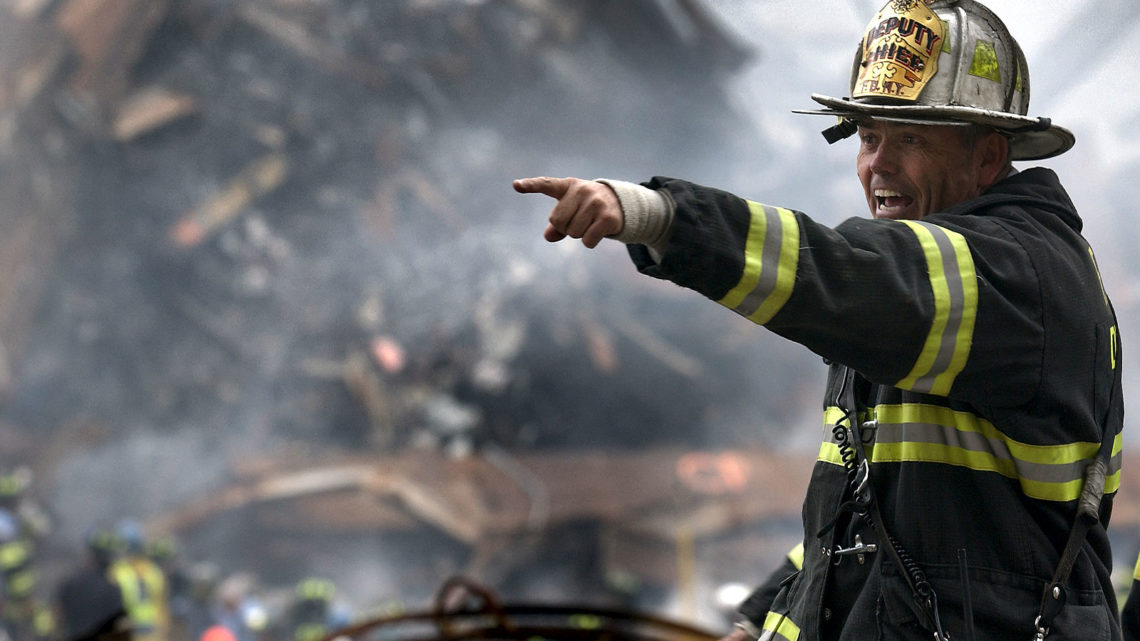Firefighters put their lives and health on the line to protect their community. They charge into dangerous situations without thinking twice about their own well-being. However, when it comes to injuries sustained in the line of duty, often times firefighters are barred from collecting any damages.
This is because of what is known as the Fireman’s Rule. This rule can apply to other emergency personnel, so it also goes under other names, including the police officers’ rule, rescue rule, or rescue doctrine. The rule states that, as opposed to normal citizens, public safety officers are not able to file a lawsuit or recover damages as a result of negligent behavior while they are in the line of duty. The justification for this law is three-fold:
Premises liability
Under the normal application of premises liability law, there are three different types of visitors to a property: invitee, licensee, and trespasser. Invitee’s are owed a duty of care as they have the landowner’s expressed permission to enter the property and the assumption of safety. Licensee’s have the landowners implied permission to enter a property, such as a salesmen, but are only owed a duty if the landowner is aware or reasonably should have been aware that a hazard existed. Trespassers are typically not owed a duty of care for entering the premises illegally. Under these three definitions, firefighters and other emergency personnel fall under the category of a licensee. Thus, the property owner is only liable for willful or intentional injuries.
Matter of Public Policy
This justification is based on the idea that public policy supports firefighters through taxes and special benefits, not individual lawsuits. Public policy is a means of spreading out the cost of injuries to the entire community, rather than on a individual basis. The entire public collectively serves as an insurer to emergency personnel.
Assumption of Risk
The assumption of risk is the main justification for the Fireman’s Rule. This idea states that firefighting or policing are inherently dangerous jobs. As such, all emergency personnel assume this risk by performing their duties. Therefore, recovery cannot be claimed against individuals whose negligence created the need for assistance in the first place.
However, there are some important caveats. The assumption of risk only covers hazards that are known or reasonably foreseen. This means that a firefighter would not be able to sue for common injuries that one would expect to sustain while fighting a fire. However, someone could be held liable if:
- They fail to tell the firefighters of a known hazard, such as a broken gas line, that leads to a more serious injury.
- They commit an intentional act that harms the firefighter.
- The fire fighter is off duty and voluntarily stopped to help.
Issues with the Law
As expected, there are many grey areas when it comes to the Fireman’s Rule.
- It may be hard to determine how much someone actually knew or could have reasonably prevented further harm in a given situation.
- Determining the intentional nature of conduct during a panic or high-pressure situation could be difficult or misleading.
- The scale of a disaster could be so large that fire fighters need additional compensation. Take 9/11 for example. There is rarely government compensation for firefighters after a natural disaster, such a as a wildfire, or terrorist attack. Firefighters in the line of duty needed additional funding to be fairly compensated for their injuries, many of which were life long. This was the catalyst that led New York City personal injury attorneys to advocate for the creation of the Victims Compensation Fund (VCF).
Because of situations like these, many states have chosen to disregard the Fireman’s Rule. The following table below shows each state’s position on this controversial law.
Application of the Fireman’s Rule by State
| State | Position on Law |
| Alabama | Not Applied |
| Alaska | Public Policy |
| Arizona | Public Policy |
| Arkansas | Public Policy |
| California | Assumption of Risk/Public Policy |
| Colorado | Not Applied |
| Connecticut | Assumption of Risk/Public Policy |
| Delaware | Public Policy |
| District of Columbia | Assumption of Risk |
| Florida | Not Applied |
| Georgia | Public Policy |
| Hawaii | Public Policy |
| Idaho | Public Policy |
| Illinois | Assumption of Risk |
| Indiana | Public Policy |
| Iowa | Public Policy |
| Kansas | Public Policy |
| Kentucky | Public Policy |
| Louisiana | Assumption of Risk |
| Maine | Not Applied |
| Maryland | Public Policy |
| Massachusetts | Not Applied |
| Michigan | Not Applied |
| Minnesota | Not Applied |
| Mississippi | Public Policy |
| Missouri | Public Policy |
| Montana | Not Applied |
| Nebraska | Assumption of Risk |
| Nevada | Assumption of Risk |
| New Hampshire | Public Policy |
| New Jersey | Not Applied |
| New Mexico | Public Policy |
| New York | Not Applied |
| North Carolina | Not Applied |
| North Dakota | Not Applied |
| Ohio | Assumption of Risk/Public Policy |
| Oklahoma | Premises Liability |
| Oregon | Not Applied |
| Pennsylvania | Not Applied |
| Rhode Island | Assumption of Risk |
| South Carolina | Not Applied |
| South Dakota | Public Policy |
| Tennessee | Public Policy |
| Texas | Premises Liability |
| Utah | Public Policy |
| Vermont | Not Applied |
| Virginia | Assumption of Risk |
| Washington | Premises Liability |
| West Virginia | Not Applied |
| Wisconsin | Public Policy |
| Wyoming | Not Applied |
Have you Been Injured?
As can be seen above, there is plenty of disagreement about the Fireman’s Rule at the state level. Furthermore, how this law is realistically applied on a case by case basic can create even more confusion. Nevertheless, it is important for all emergency personnel to understand their rights under the law so they do not miss out on compensation after an injury. If you have sustained and injury as a police officer, firefighter, or another emergency responder, please request a free consultation to discuss your rights under the law.




No Comment